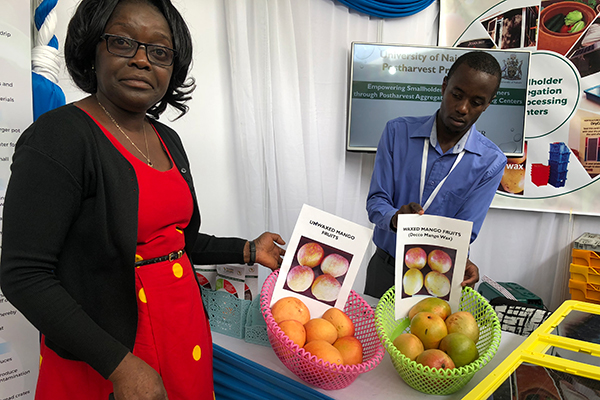Harvest maturity significantly affects the overall quality and shelf life of fruits such as mangoes. Subjective indices often used by producers are unreliable and cannot be used to accurately predict the right maturity for the target market or use. The objective of this study was to determine maturity indices of ‘Tommy Atkins’, ‘Vandyke’ and ‘Kent’ mango varieties produced in a medium-altitude agro-ecological zone, Embu County of Kenya. Mango trees were tagged at 50% flowering and the number of days to the earliest maturity stage established for each variety as stage 1. Subsequent stages (2, 3 and 4) took 7-10 days apart. For each maturity stage and variety, the indices of maturity based on physical, physiological and biochemical parameters were established.
The number of days from 50% flowering to physiological maturity was established as 97, 100 and 114 for ‘Tommy Atkins’, ‘Vandyke’ and ‘Kent’ respectively. Fruits’ flesh firmness decreased gradually with maturity from 40.54 N (stage 1) to 6.84 N (stage 4). Ethylene production and respiratory activity increased with maturity. The ratio of total soluble solids to total titratable acidity increased from a mean value of 25.57 (stage 1) to 109.9 (stage 4). The study revealed that despite the similarity in visual (subjective) parameters, the three varieties differed significantly in other maturity indices. A combination of flesh colour, firmness and computational maturity indices to ascertain harvest maturity for mango fruits can be complemented by the subjective indices used by farmers.
More information is available on The First Africa-wide Postharvest Food Loss Reduction Conference and Exhibition Research Projects

Determination of Maturity Indices of Three Mango Varieties Produced in Embu County of Kenya












